
When it comes to excavation and earthmoving, choosing the right bucket can make a world of difference in efficiency, wear resistance, and overall performance. Two of the most common attachments used in construction and mining projects are the Excavator Soil Bucket and the Rock Bucket. While they may look similar at first glance, their design, material composition, and applications vary significantly. Understanding these differences helps operators and project managers select the right tool for the job—saving time, fuel, and maintenance costs.
An Excavator Soil Bucket—also called a general-purpose bucket—is designed for digging and moving light to moderately dense materials such as clay, sand, loam, and loose soil. It is one of the most versatile and commonly used buckets on job sites, suitable for general excavation, grading, and leveling.
Key Features of an Excavator Soil Bucket:
Design: Smooth, rounded edges with a wide mouth and larger capacity for faster loading and dumping.
Teeth Configuration: Fewer, shorter teeth for better penetration in softer materials.
Material: Usually made from high-tensile steel but lighter compared to rock buckets.
Wear Protection: Moderate wear plates since soil and clay cause less abrasion.
The Excavator Soil Bucket focuses on productivity and speed in loose or medium-density conditions rather than heavy-duty durability.
A Rock Bucket is built to handle heavy-duty operations involving compacted materials, stones, and quarry applications. It is designed to withstand intense impact and abrasion that occur when digging through tough surfaces or lifting heavy rocks.
Key Features of a Rock Bucket:
Design: Narrower and deeper than a soil bucket to concentrate force and maximize penetration.
Teeth Configuration: More teeth with reinforced tips and side cutters for breaking hard surfaces.
Material: Made of high-strength alloy steel with extra-thick wear plates and reinforcement.
Wear Protection: Heavier wear-resistant plates and side guards to protect against chipping and cracking.
In short, the Rock Bucket sacrifices capacity for strength—its design prioritizes durability and penetration power over volume.
The choice between an Excavator Soil Bucket and a Rock Bucket depends on your work environment and material type.
Choose an Excavator Soil Bucket if:
You’re working with loose or moderately compacted soil.
Your priority is high productivity and faster cycle times.
You need to move large volumes of material efficiently.
Choose a Rock Bucket if:
You’re dealing with hard, abrasive surfaces or heavy rock.
Durability and toughness are more critical than capacity.
You want to avoid frequent bucket replacements in rugged conditions.
Sometimes, project sites may require both—using a soil bucket for grading and loading and switching to a rock bucket for excavation in tougher ground.
Regardless of which bucket you use, proper maintenance ensures maximum performance and longevity:
Inspect Teeth Regularly: Replace worn-out teeth to maintain digging efficiency.
Check for Cracks or Bends: Address structural issues early to avoid failures.
Grease Pins and Bushings: Keeps the bucket’s movement smooth and reduces wear.
Match the Right Bucket to the Material: Using an Excavator Soil Bucket on rocky terrain can lead to premature damage.
Regular inspection and correct usage can significantly reduce downtime and maintenance expenses.
Both the Excavator Soil Bucket and the Rock Bucket are essential attachments in the construction and mining industry, but their effectiveness depends on matching the right bucket to the task. The Excavator Soil Bucket offers speed, versatility, and cost-effectiveness for general-purpose digging, while the Rock Bucket delivers unmatched strength and endurance in demanding, rocky environments.
Selecting the right bucket type not only enhances performance but also extends your excavator’s life and reduces operational costs—making your projects more efficient and profitable in the long run.
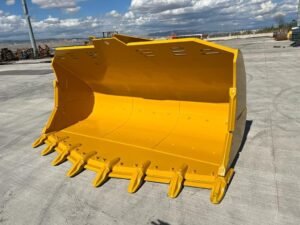
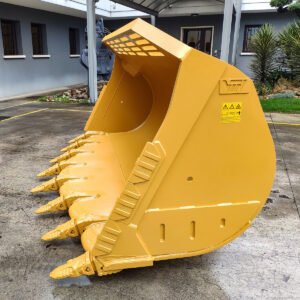
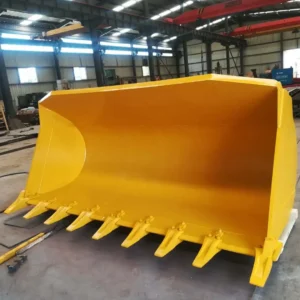
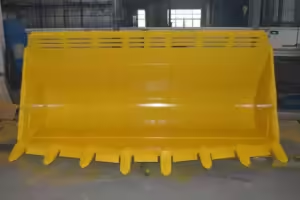
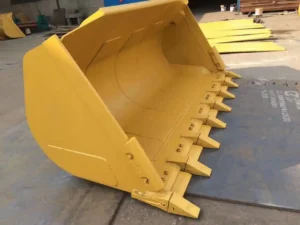
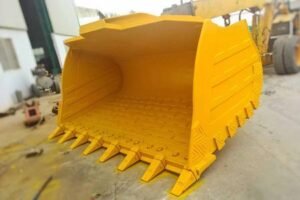
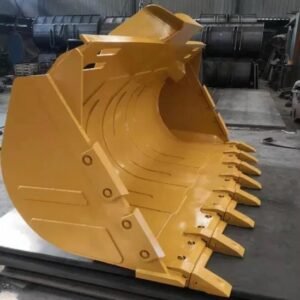
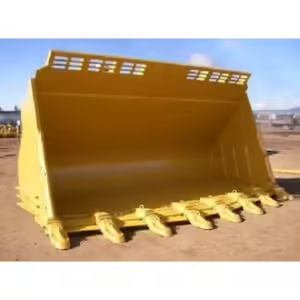
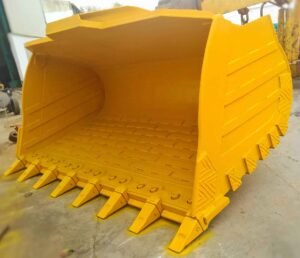
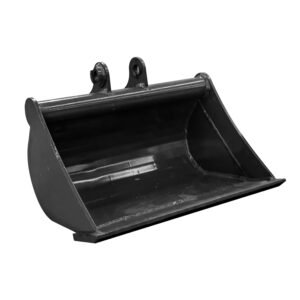
TEAM. All Rights Reserved. Developed by Pixel Tech.